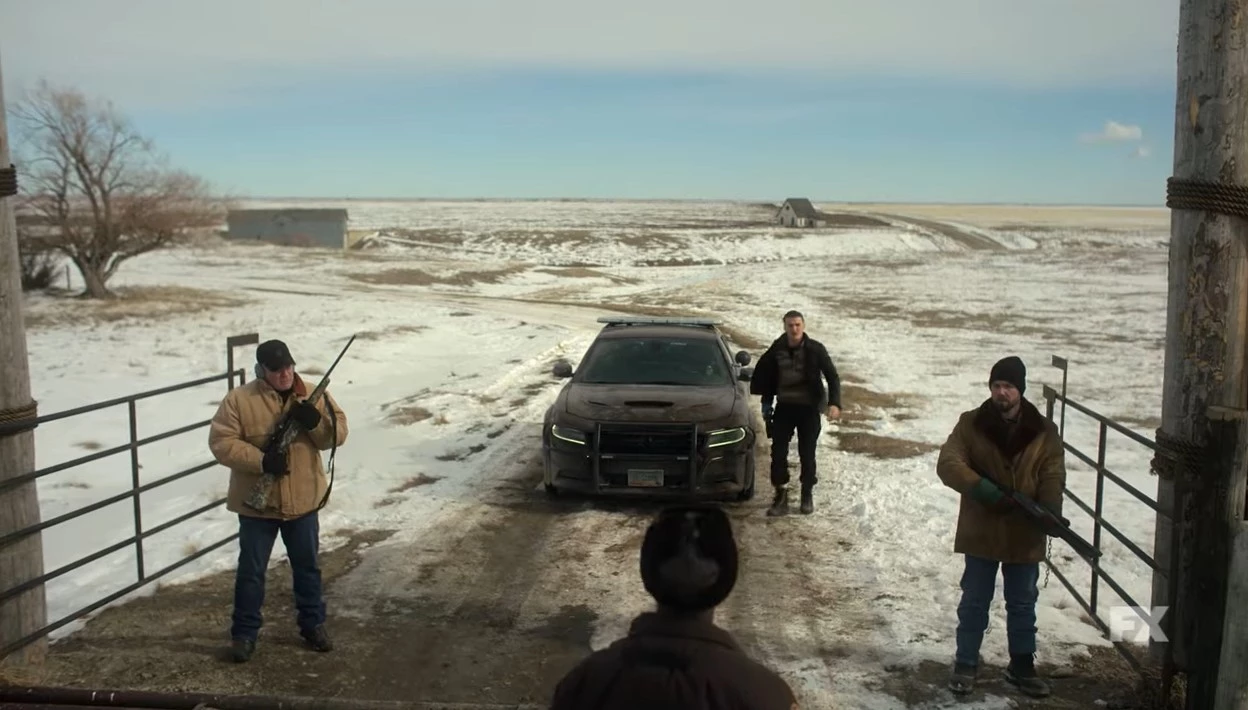Fargo Season 5 Episode 8 Recap And Ending Explained
Fargo" Season 5, Episode 8, titled "Blanket," tells a story that's as intricate as it is intense. The episode serves as a key point in the series, breaking down the details of its characters and the consequences of their actions.
It's a mix of suspense and drama, and digging into the psyche of its central figures. This recap goes into the episode's key events, character arcs, and the overarching themes that drive the narrative forward.
A Full Fargo Season 5 Episode 8 Recap
The episode opens with a focus on Dot, whose character has been a main focus in the season. Early on, her kidnapping and abrupt return was covered in secrets, posing questions about her resilience and determination.
Dot's character is a cool combination of fantasy and pragmatism, as she tries to protect her family from her abductors while clinging to a semblance of normalcy. This episode brings a real wake-up call, as she finds herself shackled at Roy’s ranch, a grim reminder of her helplessness against her abductor's intents.
Dot's plight is not just physical but really deep. The episode reveals her holding onto a dream about Linda, her hope for a reunion with her and her son Gator, now entrenched in darkness. This dream is shattered by Roy’s cruel revelation about Linda's fate, propelling Dot into a tough reality. Her determination to maintain a normal life, despite the big risks, speaks volumes about her character's depth and resilience.
Meanwhile, the episode cleverly shows Dot's domestic struggles with Indira’s marital woes, presenting two different spectrums of domestic toxicity. Indira's confrontation with Lars, her cheating husband, marks a big moment in her character development. This contrast highlights the show's ability to dig into the details of domestic abuse and its impact on women from different walks of life.

Roy Tillman's character takes a central stage, representing violence and authority. The episode exposes the hidden dark side of his character – a law enforcer who operates beyond the moral and legal boundaries.
His interactions with Dot at the ranch are a scary display, showcasing his dominance and cruelty. The episode does not shy away from depicting the raw and unsettling aspects of his character, making him a tough enemy.
In a big surprise, the story gets more intense with the involvement of Danish Graves, the fixer for the Lyon family. His smart moves to undermine Roy's authority, particularly during the sheriff's debate, add a layer of cunning and intrigue to the storyline. However, his fate, decided by an enraged Roy, adds a sad twist to the narrative.
The episode's writing is commendable for its ability to tie together different storylines seamlessly. The tension between Dot and Roy, Indira's personal struggles, and Danish's sneaky plans all come together to create a complex tapestry of narratives. The characters are not just facing external conflicts but are also fighting personal struggles, making the episode a compelling watch.
As the story progresses, the episode's title, "Blanket," takes on a hidden message. It represents the false sense of security that characters like Dot and Indira try to maintain in the face of their turbulent realities. It also symbolizes the overarching theme of the episode - the facade of safety and normality that is suddenly destroyed, exposing the characters to their real and exposed selves.
Fargo Season 5 Episode 8 "Blanket" Ending Explained
A Comprehensive Review Of "Blanket"
 Source: Nomadic Pictures
Source: Nomadic Pictures
- Character Depth: Dot's character, played with amazing portrayal, stands out in this episode. Her transition from a state of denial to confronting her reality is portrayed with nuance and sensitivity.
- Antagonist Portrayal: Roy Tillman's character is chillingly effective. His portrayal as a menacing figure who wields power without remorse adds a dark edge to the episode.
- Narrative Complexity: The interweaving of various storylines, from domestic struggles to political manipulations, is done seamlessly, keeping the viewers engrossed.
- Emotional Impact: The episode does a commendable job in evoking a range of emotions, from fear and despair to a grim acknowledgment of reality.
- Cinematography and Music: The use of visual and auditory elements enhances the storytelling, adding layers to the narrative and character expressions.
- Social Commentary: The episode also serves as a commentary on domestic violence and the facade of normalcy, making it not just entertaining but also thought-provoking.